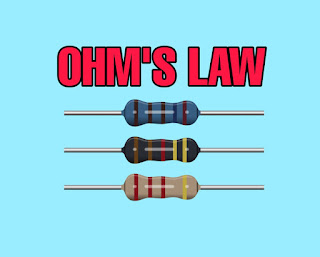Voltage Regulator and Review of Basic DC-DC Voltage Regulators

Voltage Regulator and Review of Basic DC-DC Voltage Regulators The regulated output DC voltage can be obtained using either linear power supply or switched mode power supply. Linear power supply consist of devices that operate in active regions to regulate the DC output voltage. the block diagram of linear power supply is shown in below figure: The transistor T1 is connected in series with the DC source voltage. Here note that the series transistor T1 operates in active region. The error amplifier compare the output voltage Vo(av) with set value Vref. The difference between Vo(av) and Vref is called error voltage. it is given to control circuit. The control circuit generates the base drive of T1 in such a ways that error voltage is zero this means Vo(av)=Vref The output voltage Vo(av)=Vs-Vce. This means the transistor T1 has the power loss of Vce x io. This loss takes place continuously across T1. Because of this reason, linear power supply has re...
